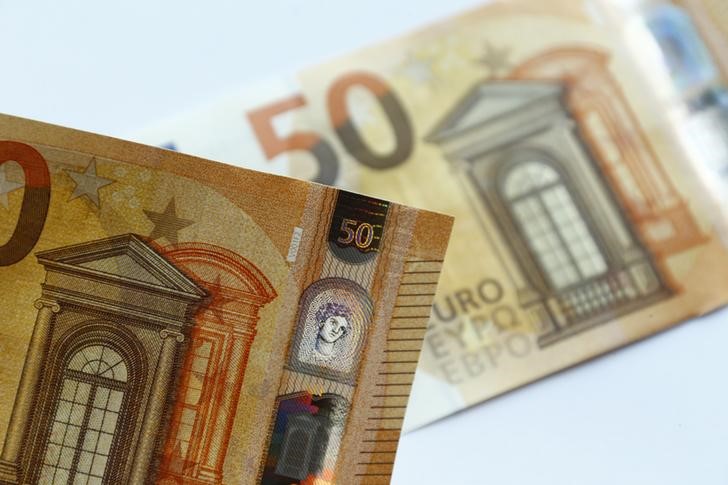* Coronavirus cases in Italy spark pandemic worries
* Euro weakens towards $1.08, Aussie at 11-year low
* Yen and Swiss franc edge up slightly as dollar dominates
* Graphic: World FX rates in 2019 http://tmsnrt.rs/2egbfVh
(Adds detail, analyst, updates prices)
By Tommy Wilkes
LONDON, Feb 24 (Reuters) - The euro dropped back towards
$1.08 on Monday and the Australian dollar tumbled to an 11-year
low as the spread of the coronavirus outside China drove fears
of a pandemic and sent investors to shelter in the dollar.
The safe-haven Japanese yen and Swiss franc gained, but not
by much - underlining how the dollar has become the currency of
choice for investors because the U.S. economy is viewed as
better sheltered if the virus hits global growth.
Italy, South Korea and Iran reported sharp increases in
coronavirus cases over the weekend. The World Health
Organization is now worried about the growing number of cases
that have no clear link to the epicentre of the outbreak in
China. "If you expect global growth to be lower on the back of this
... it still makes sense to bet on a stronger dollar," said
Nordea analyst Morten Lund, who also cited the U.S. economy's
relative strength and its higher yields.
The euro weakened 0.3% to $1.0805 EUR=EBS , close to last
week's $1.0778 -- its lowest in nearly three years?
"I expect euro/dollar to move lower in the short term, not
only because of the incidents in Italy but also because the euro
zone is much more exposed to China (than the United States),"
Lund said.
The dollar gained 0.2% against a basket of currencies =USD
to 99.622, close to the 99.915 level hit last week for its
strongest since April 2017.
U.S. economic data last week came in below expectations.
Money markets now price in a Federal Reserve interest rate cut
of 25 basis points in June, though some observers think that
rising expectations of monetary easing are not hurting the
dollar.
"The more challenging environment for global growth may make
it even more difficult to weaken the U.S. dollar right now,"
said MUFG analyst Lee Hardman.
The Australian dollar, often traded as a proxy for China
risk, weakened 0.6% to an 11-year low of $0.6585 AUD=D3 . New
Zealand's dollar also declined by 0.6% NZD=D3 .
The Swedish crown EURSEK=D3 and Canadian dollar CAD=D3
both fell sharply.
The Chinese yuan was among many emerging market currencies
to suffer, meanwhile. Against the offshore yuan, the U.S. dollar
was last up 0.1% at 7.0375 yuan CNH=EBS .
While equities tumbled and gold rallied, risk aversion did
not trigger a significantly higher yen. MKTS/GLOB
Analysts say that investors are discounting the yen's
traditional safety value owing to Japan's virus exposure.
The dollar fell 0.2% to 111.31 yen JPY=EBS , below the 112
yen levels of last week.
The Swiss franc was unchanged against the euro at 1.0606
francs EURCHF=EBS , very close to its strongest since 2015.
EUR positions https://tmsnrt.rs/37VMvIF
^^^^^^^^^^^^^^^^^^^^^^^^^^^^^^^^^^^^^^^^^^^^^^^^^^^^^^^^^^^>
(Editing by Catherine Evans and David Goodman)
